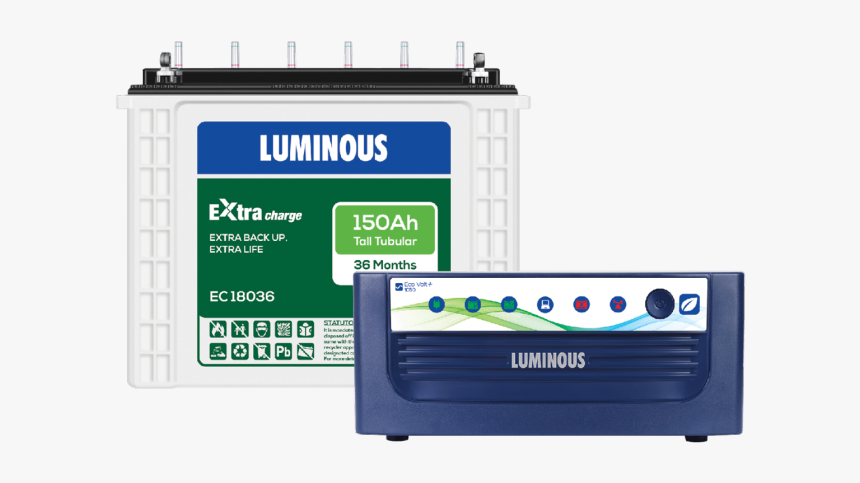
In today’s fast-paced digital world, ensuring the uninterrupted operation of your electronic devices is more important than ever. Whether you rely on a home office setup, manage critical IT systems for a business, or simply want to safeguard your electronic equipment from power outages, the right Uninterruptible Power Supply (UPS) can make a significant difference. Central to the functionality of any UPS are its batteries, which not only provide backup power but also play a crucial role in determining the overall effectiveness and reliability of your system.
Choosing the right UPS batteries for your needs might seem overwhelming at first, given the variety of options available in the market. With factors such as capacity, type, and lifespan to consider, understanding your specific requirements is essential. This guide will walk you through the essential considerations, helping you select the best UPS batteries that meet your needs and ensure that your devices are always powered, no matter what challenges arise.
Types of UPS Batteries
When it comes to uninterruptible power supplies, choosing the right type of battery is essential for ensuring reliable performance. The most common types of UPS batteries are sealed lead-acid (SLA), lithium-ion, and nickel-cadmium batteries. Sealed lead-acid batteries are widely used due to their affordability and durability. They are also relatively easy to maintain and can provide adequate power for a range of devices.
Lithium-ion batteries have gained popularity in recent years due to their lightweight and compact design. They offer a higher energy density compared to traditional lead-acid batteries, which means they can store more energy in a smaller package. This feature makes them an excellent choice for space-constrained environments. Additionally, lithium-ion batteries have a longer lifespan and can handle more charge cycles, making them a cost-effective option in the long run.
Nickel-cadmium (NiCd) batteries are another alternative, although they are less common in modern UPS systems. They are known for their robustness and ability to perform well in extreme temperatures. NiCd batteries can also be rapidly charged, allowing for quick recovery in power outages. However, their environmental impact and the tendency for memory effect can limit their usage in favor of other battery types. Choosing the right battery depends on your specific needs and intended application.
Factors to Consider When Choosing UPS Batteries
When selecting UPS batteries, the first aspect to consider is the capacity and runtime. The capacity, measured in volt-amperes, determines how much energy the battery can store and subsequently provide to your devices during an outage. It’s essential to assess the total load connected to your UPS and ensure that the battery can handle that load for the desired period. A higher capacity may be necessary for critical systems or longer runtimes, while lighter loads might be adequately supported by smaller batteries.
Another important factor is the battery type. Different types, such as sealed lead acid, lithium-ion, and nickel-cadmium, have varying characteristics in terms of lifespan, maintenance, and cost. Sealed lead acid batteries are commonly used due to their reliability and lower upfront cost, but they tend to have a shorter life cycle compared to lithium-ion batteries, which offer better longevity and efficiency but come at a higher price. Evaluating the specific needs of your setup will help you choose the best battery type for your UPS.
Lastly, consider the environmental conditions in which the UPS batteries will operate. Factors like temperature, humidity, and ventilation significantly impact battery performance and lifespan. Batteries may require specific conditions to ensure optimal operation, and some are designed to withstand more extreme environments than others. Understanding the environment can help in selecting a battery that will perform reliably and last longer in your particular setup.
Maintenance Tips for UPS Batteries
To ensure optimal performance and a long lifespan for your UPS batteries, it is essential to conduct regular maintenance checks. Start by inspecting the battery terminals for any signs of corrosion or loose connections. Clean the terminals with a mixture of baking soda and water if you notice any buildup. Ensuring a good connection helps in preventing any interruptions in power delivery during outages. Additionally, keep the UPS unit in a well-ventilated area to prevent overheating.
Temperature control is crucial for battery maintenance. UPS batteries typically perform best at moderate temperatures, so try to maintain an environment that is cool and dry. Avoid placing the UPS in direct sunlight or near heat sources. High temperatures can significantly reduce battery capacity and lifespan. Conversely, extremely low temperatures can also affect performance, so aim for a stable environment.
Lastly, perform regular self-tests and battery replacements as recommended by the manufacturer. Many UPS systems come equipped with a self-diagnostic feature that can alert you to potential issues. Monitor the battery’s age and replace it as needed, typically every three to five years for most types. Keeping track of these elements will help you maintain reliable power backup and maximize the performance of your UPS batteries.